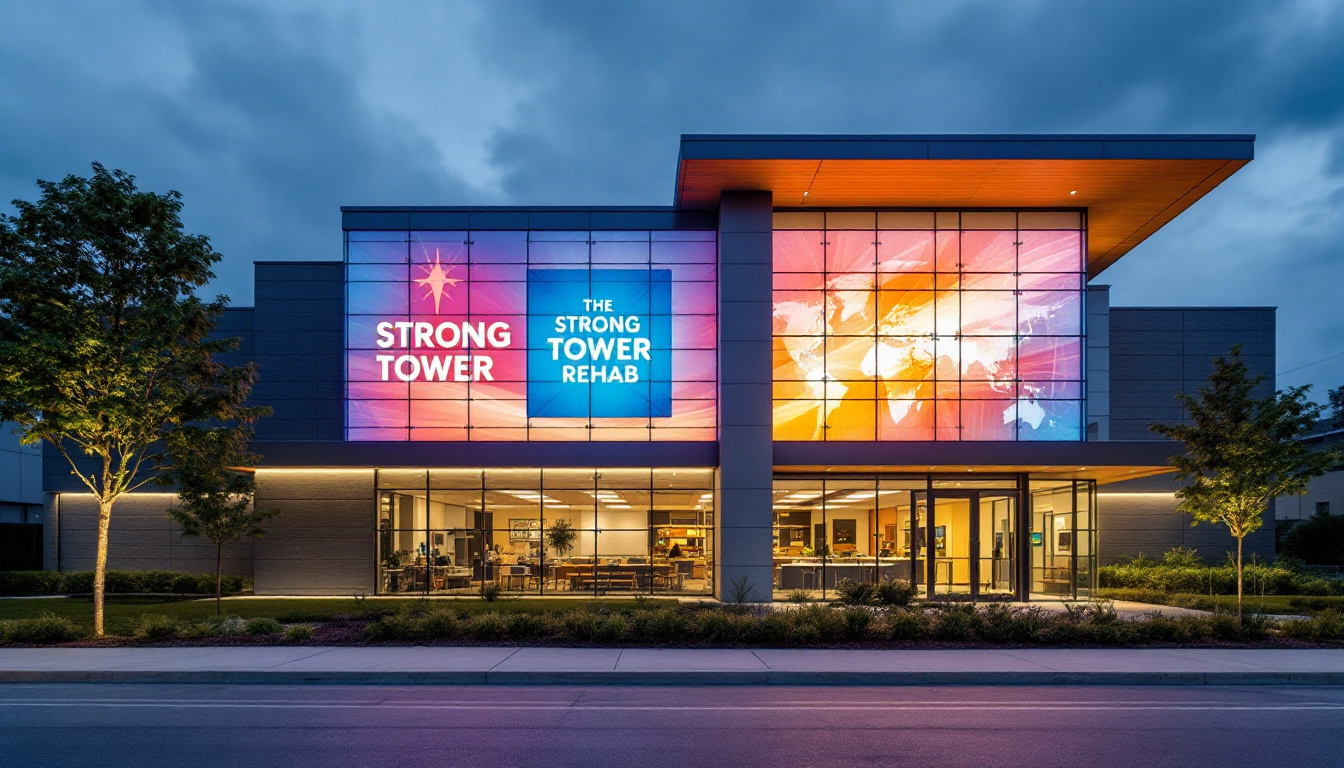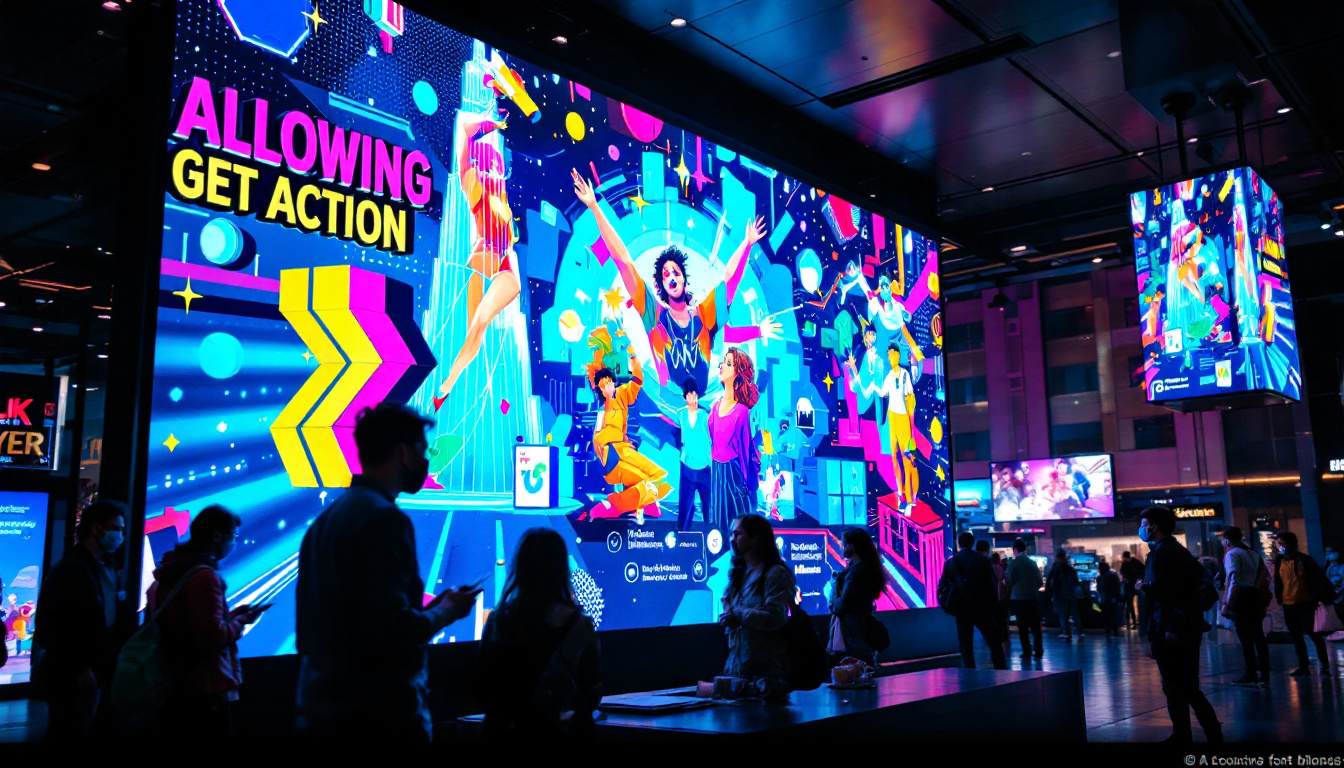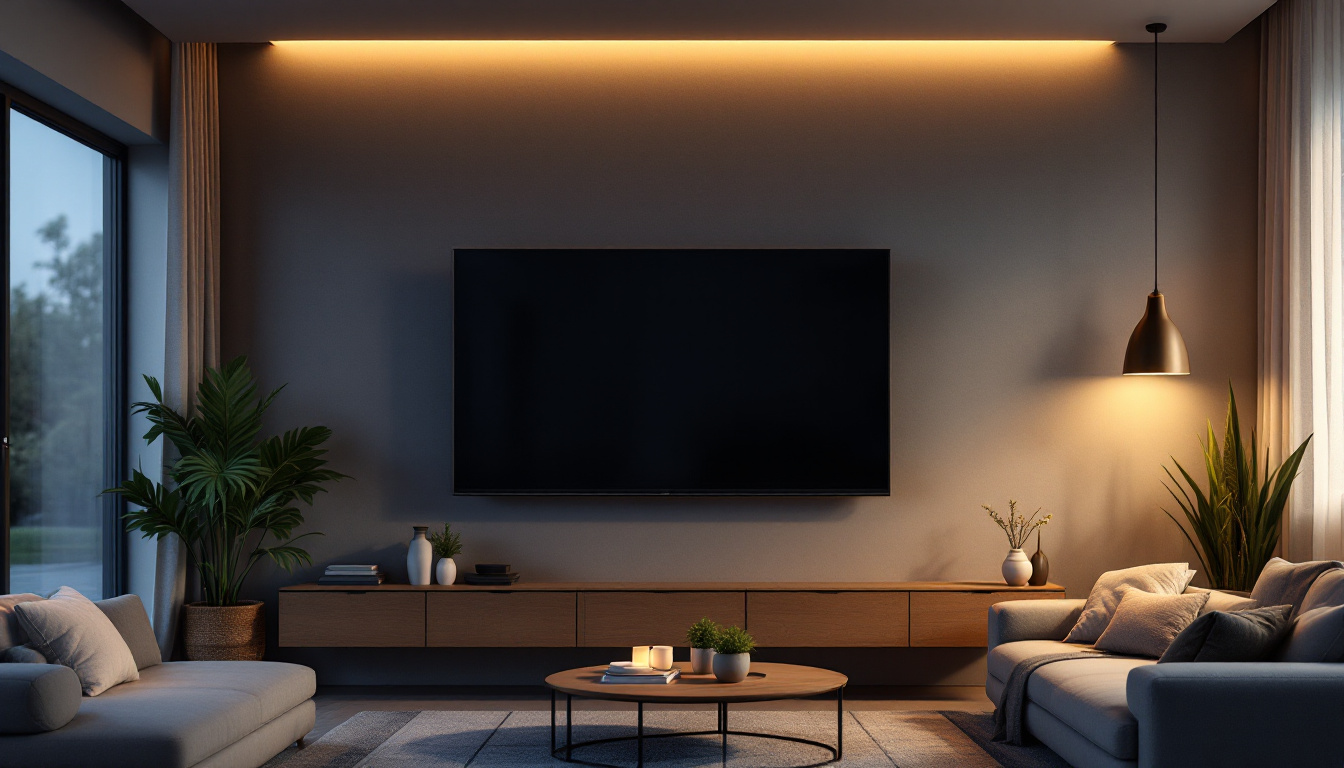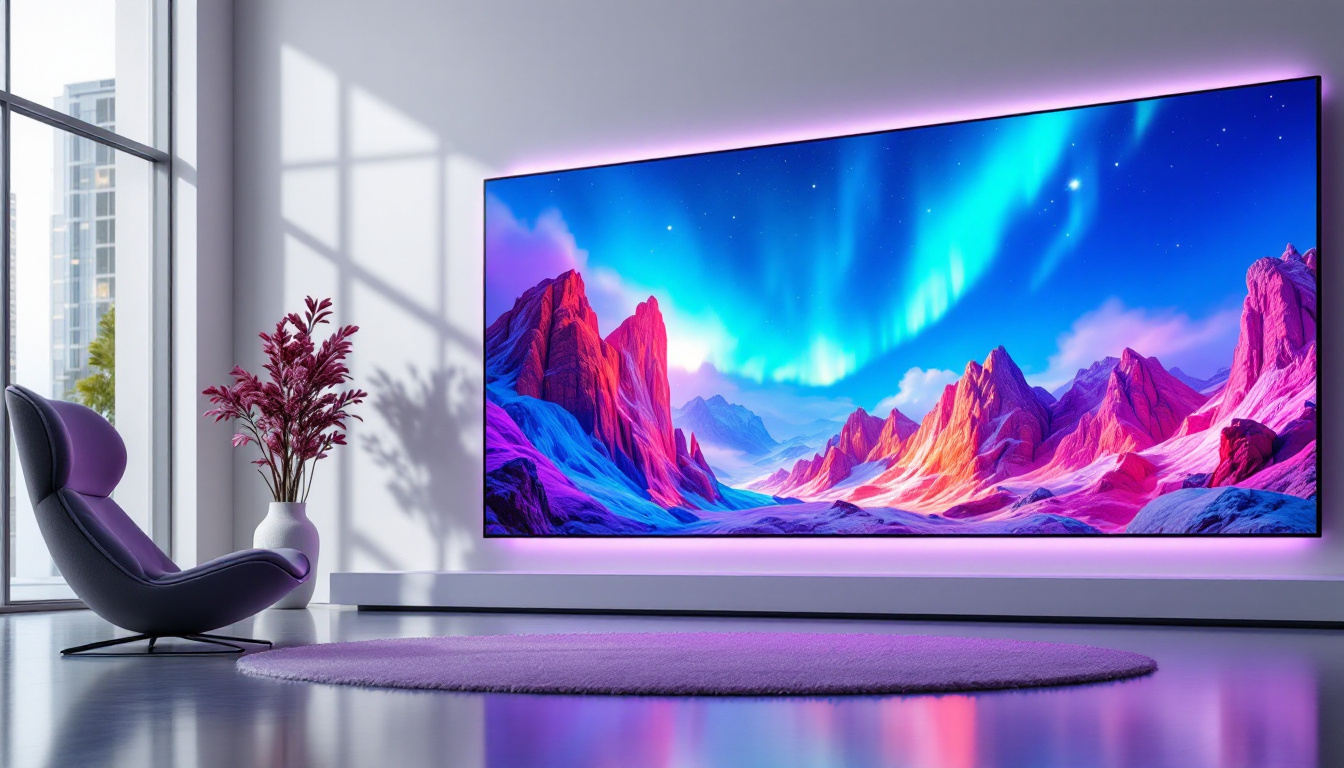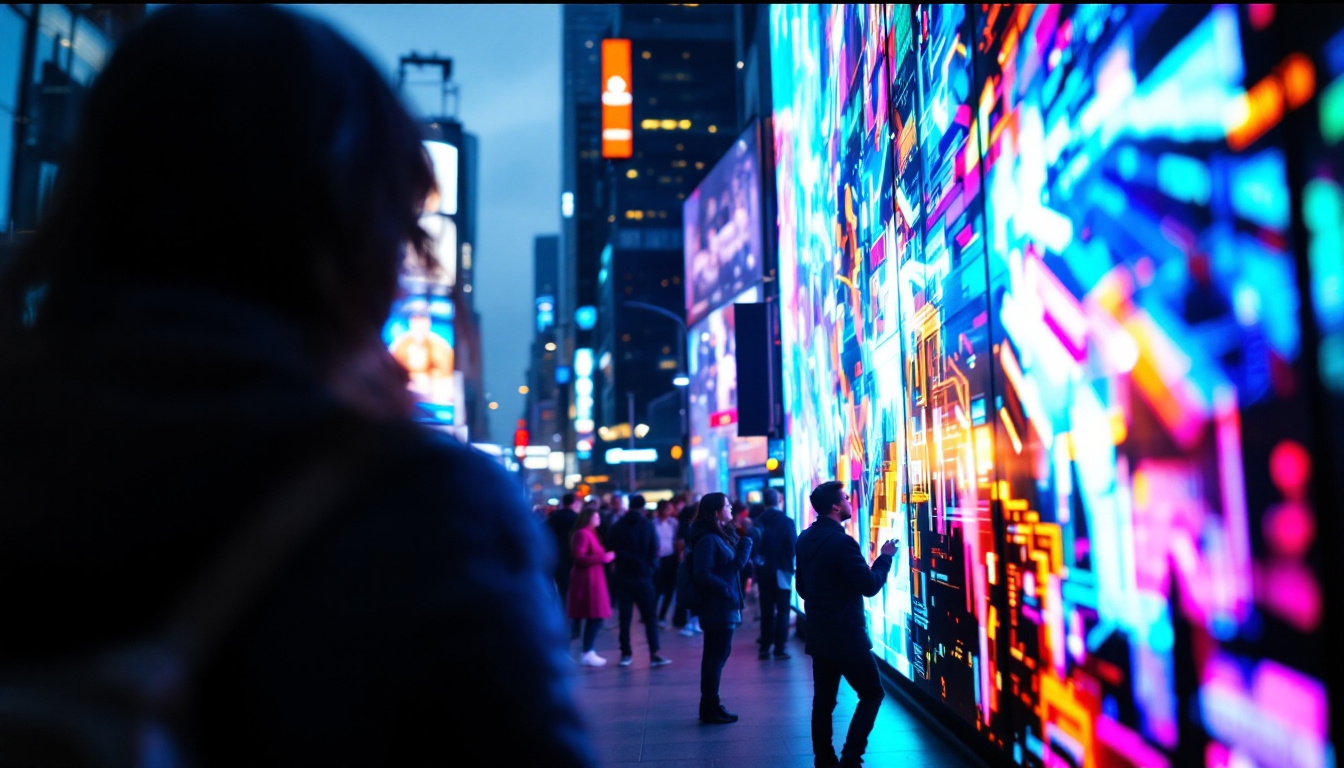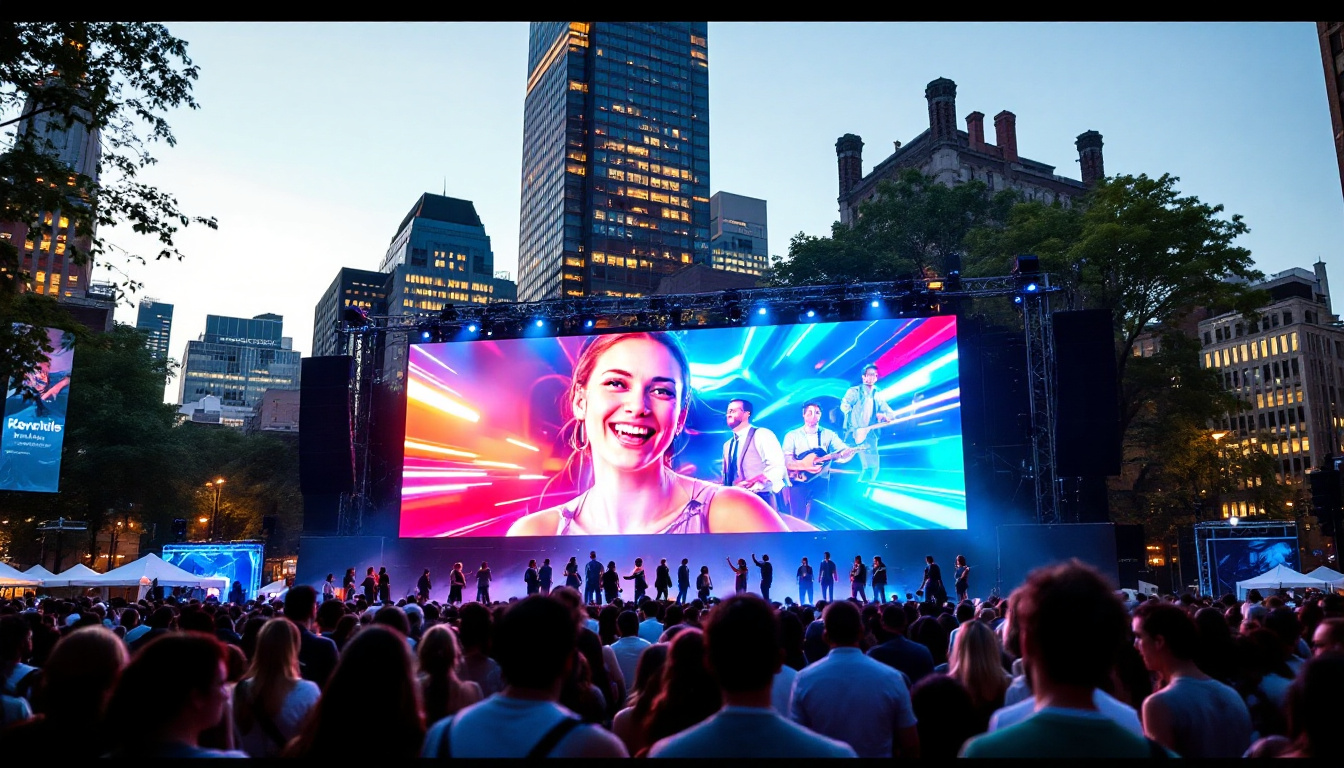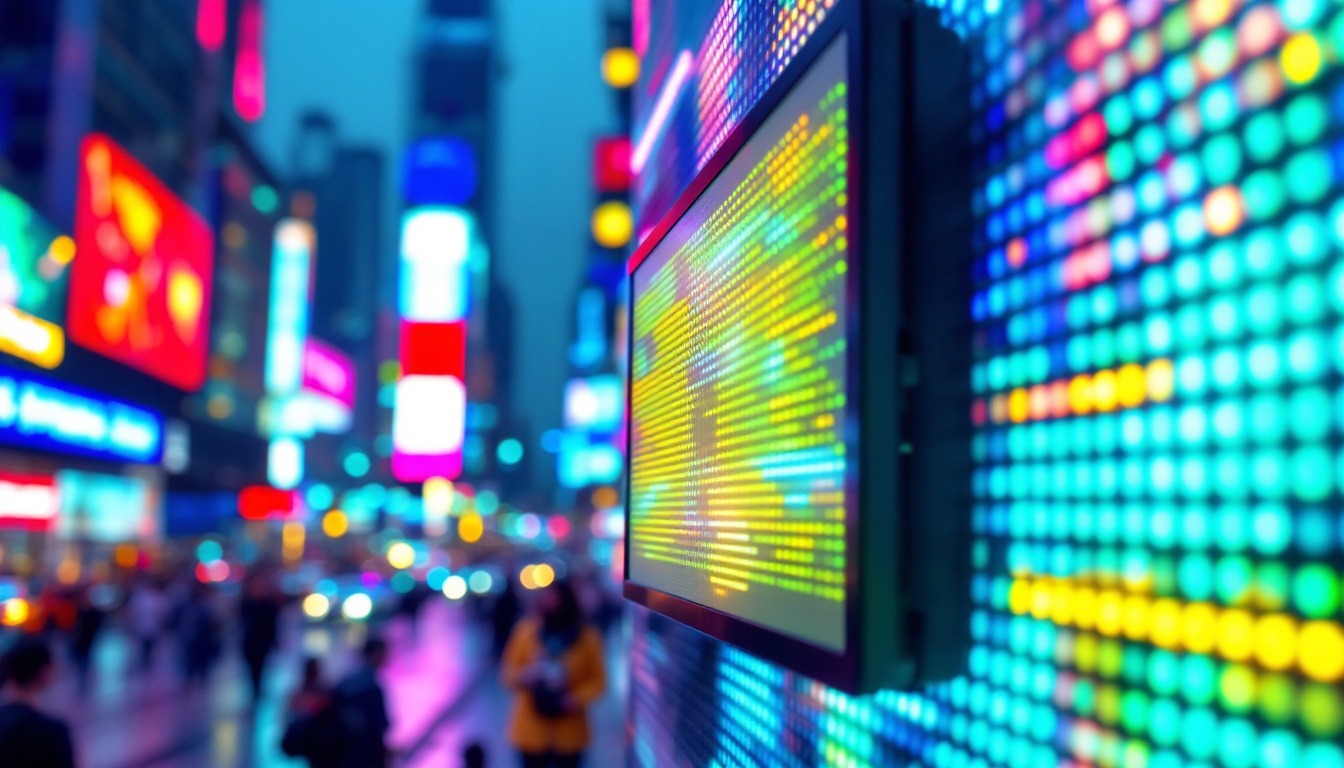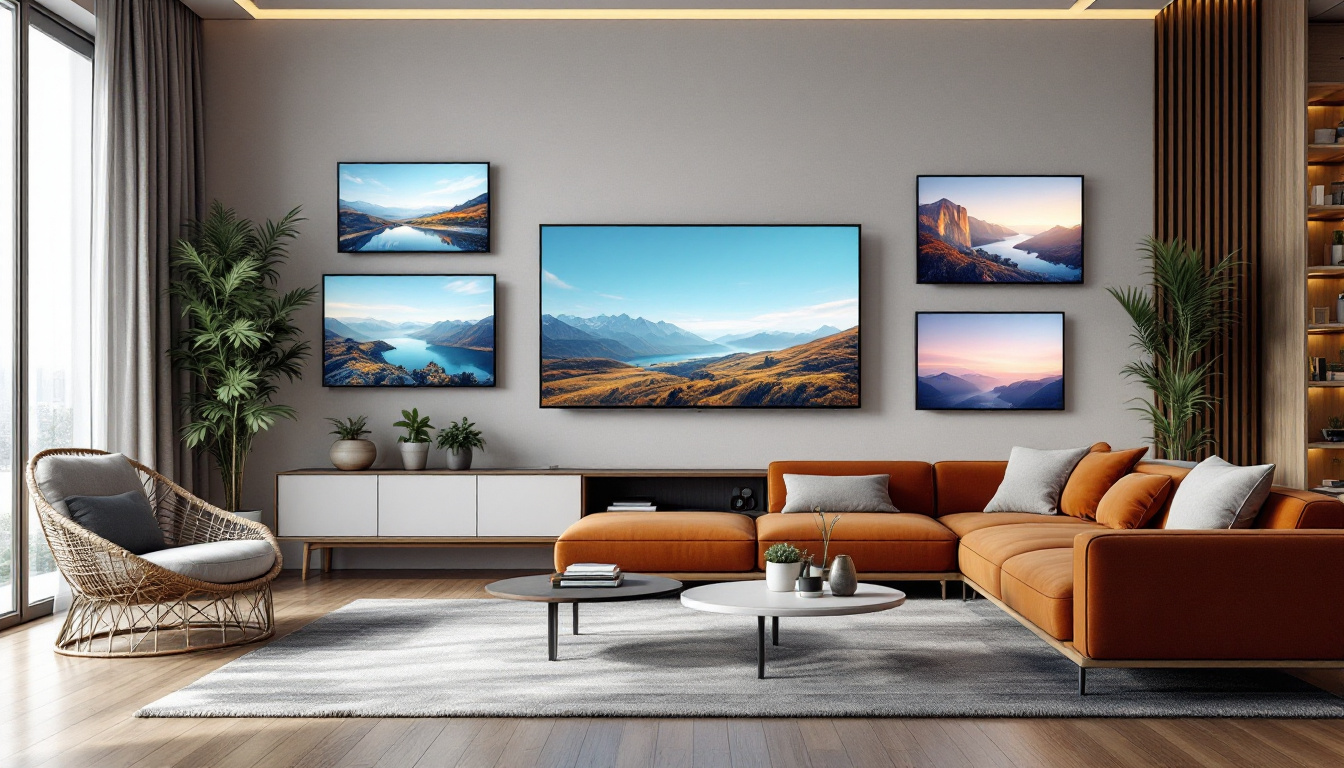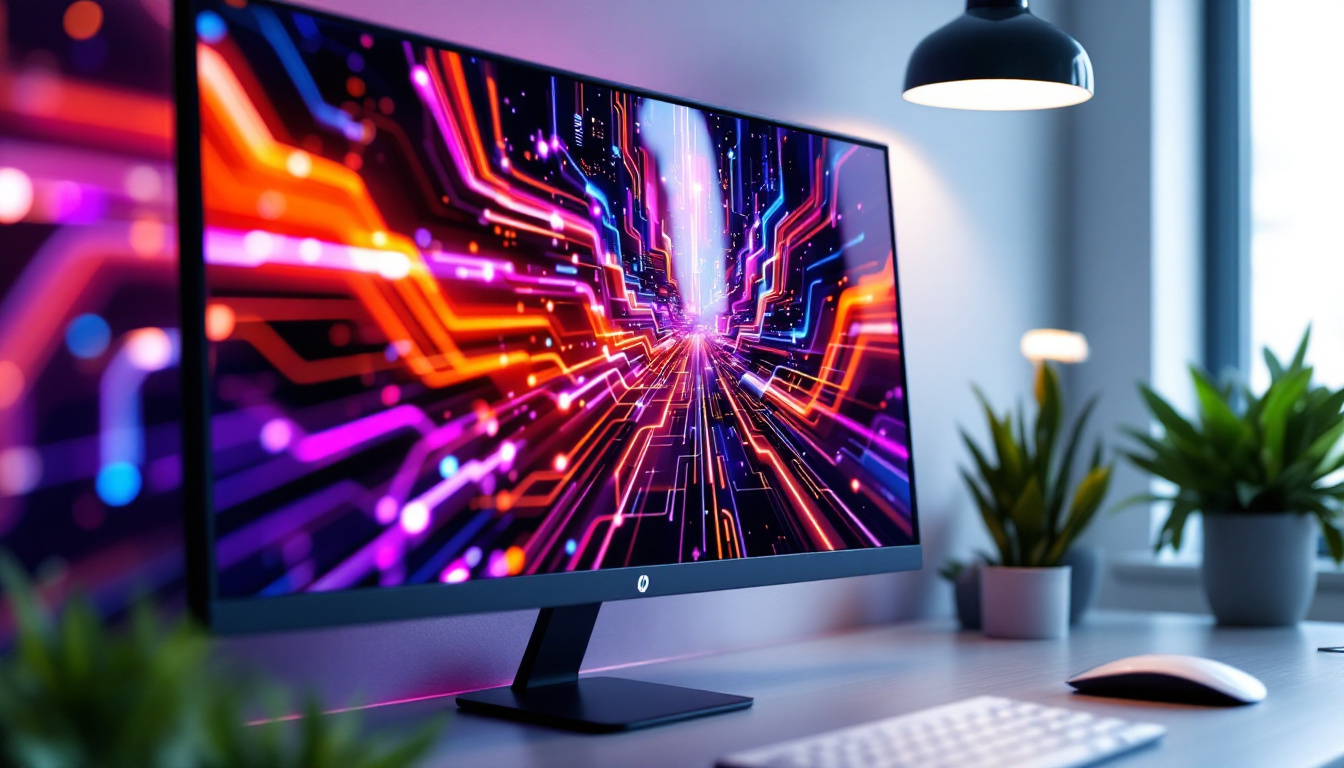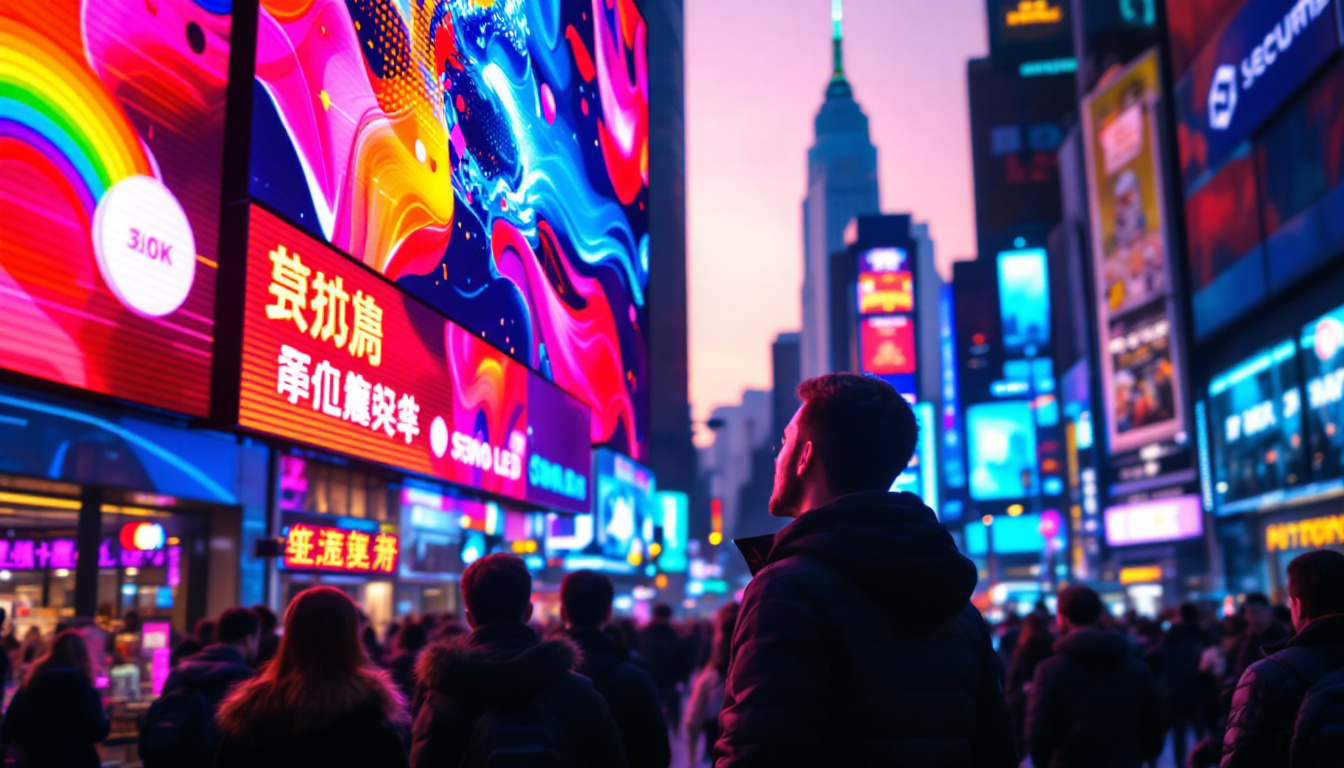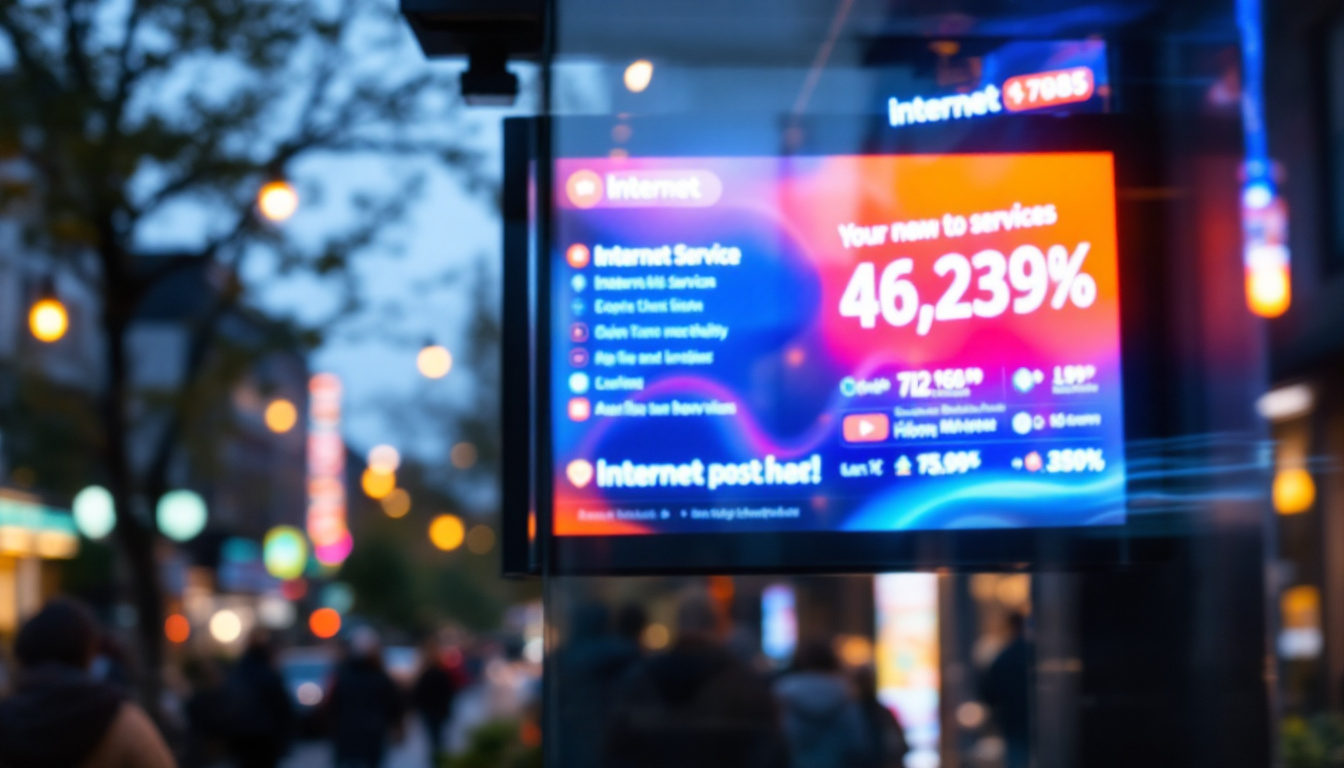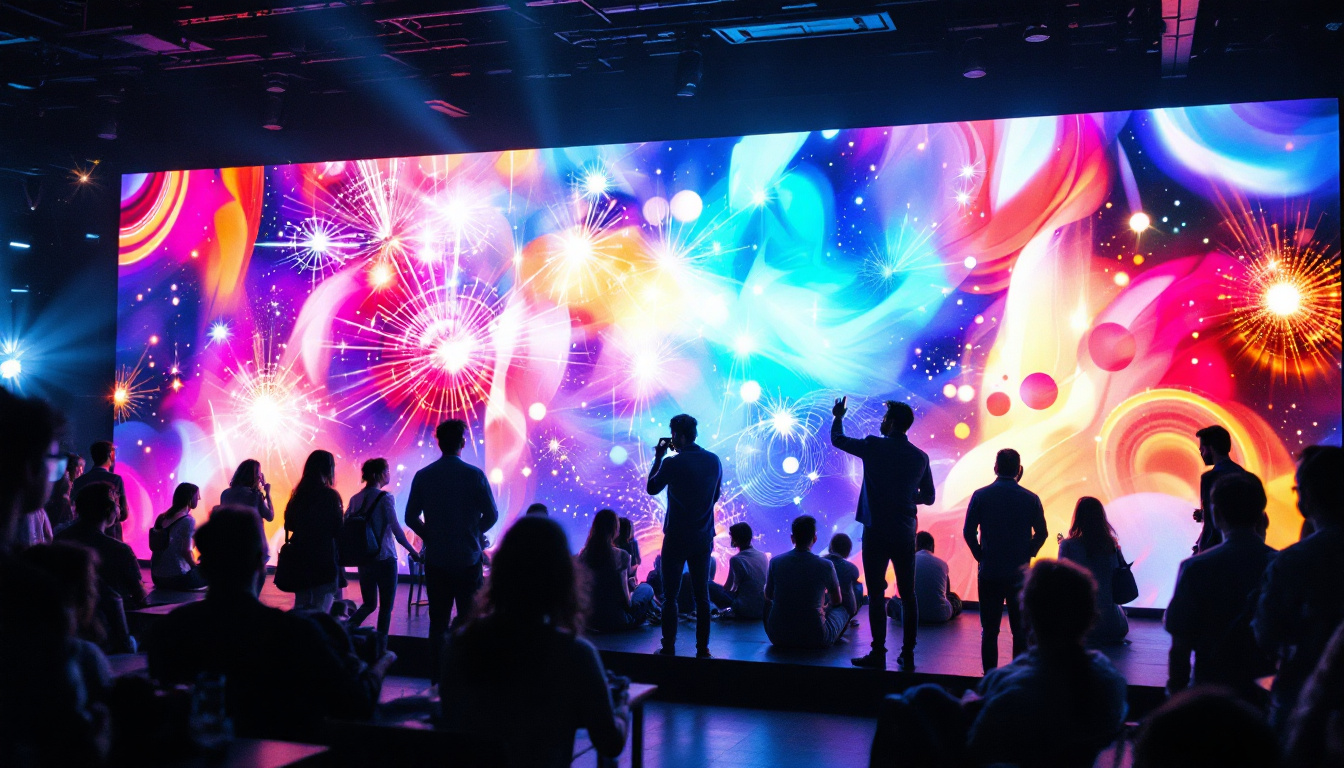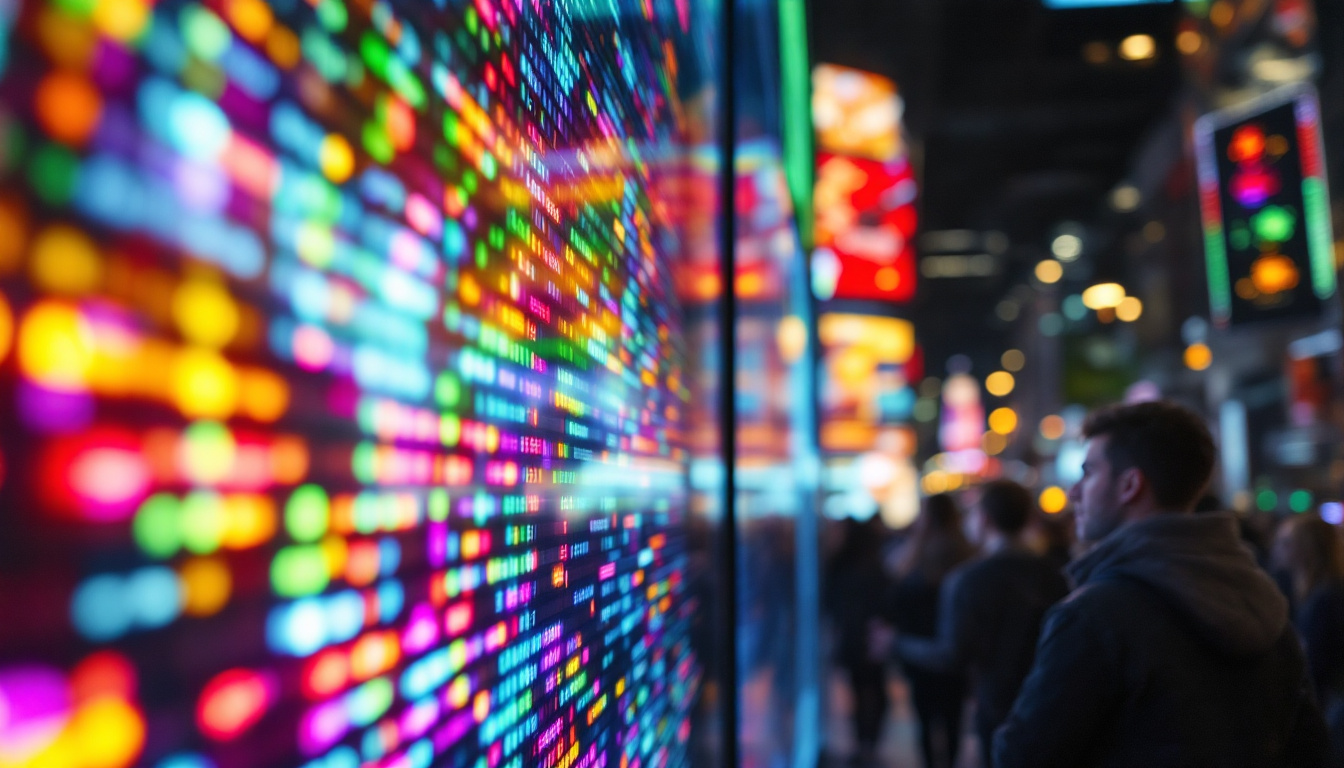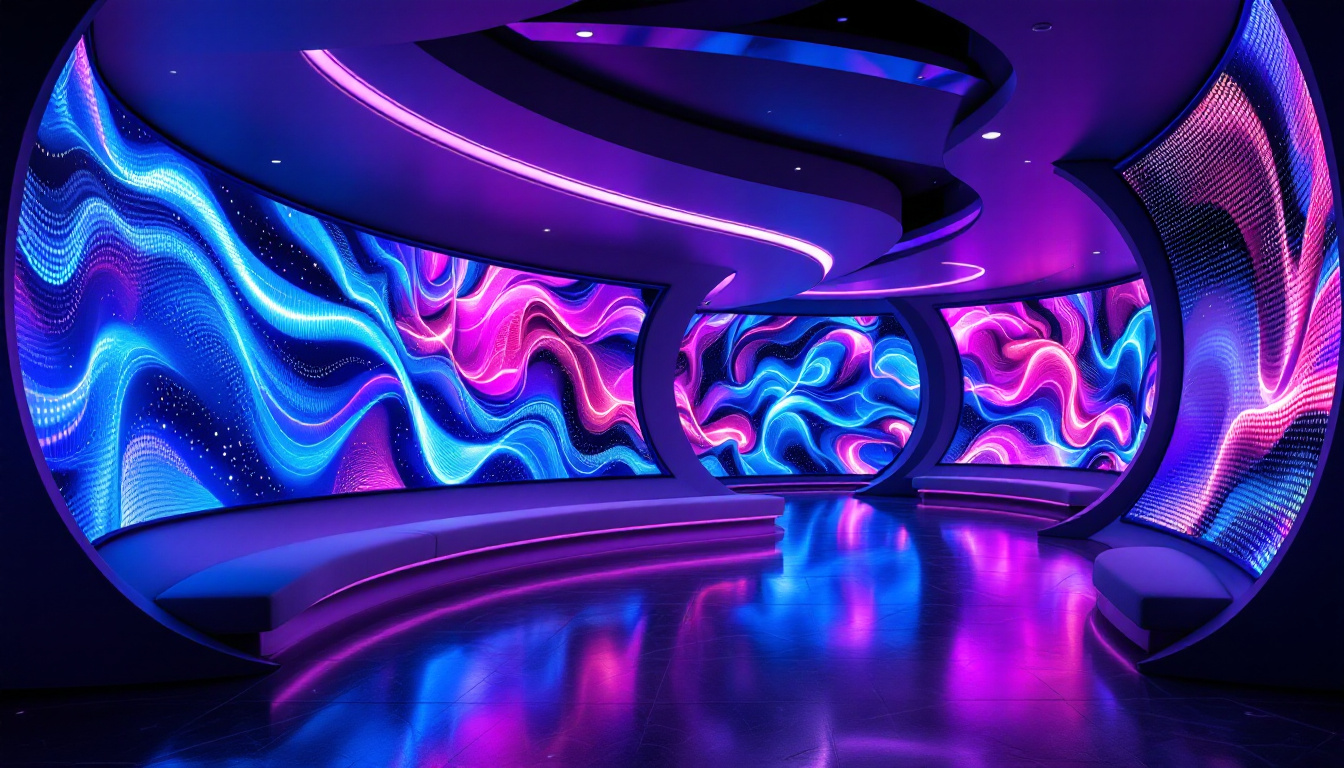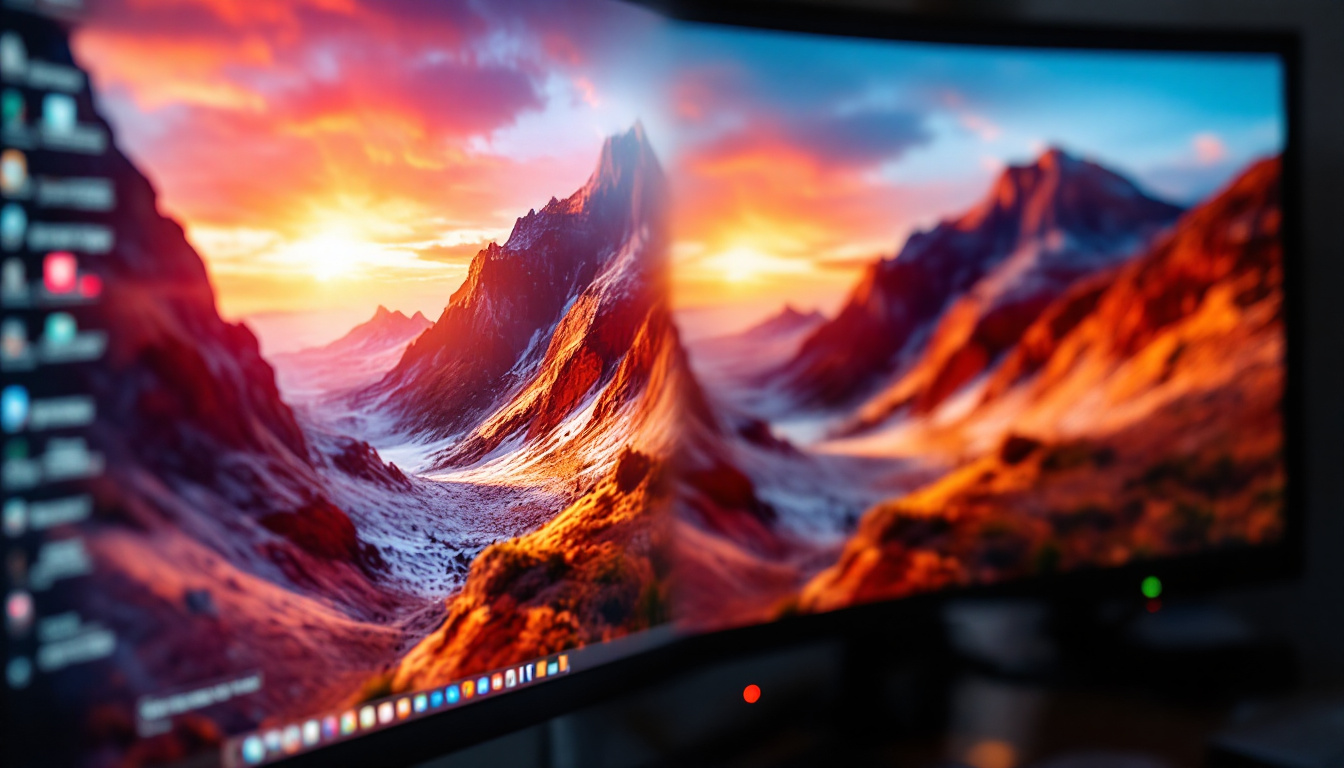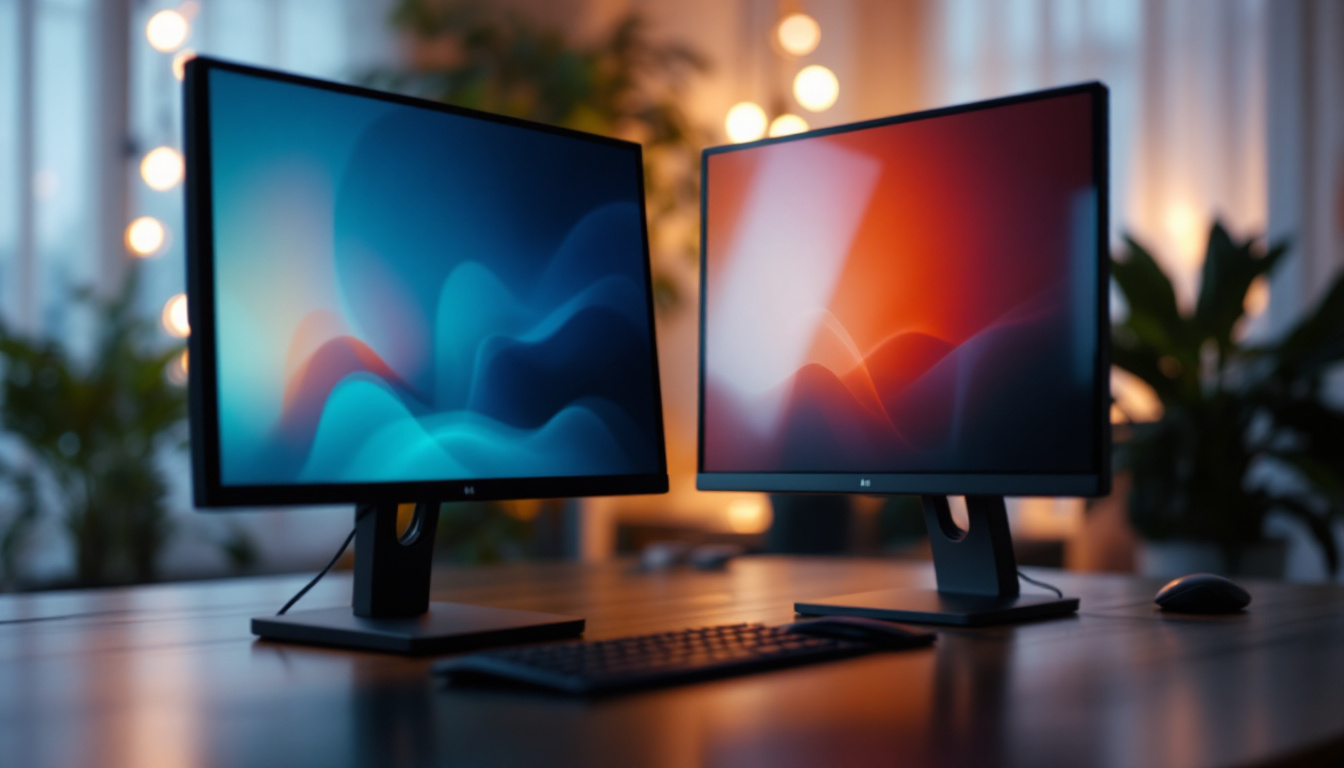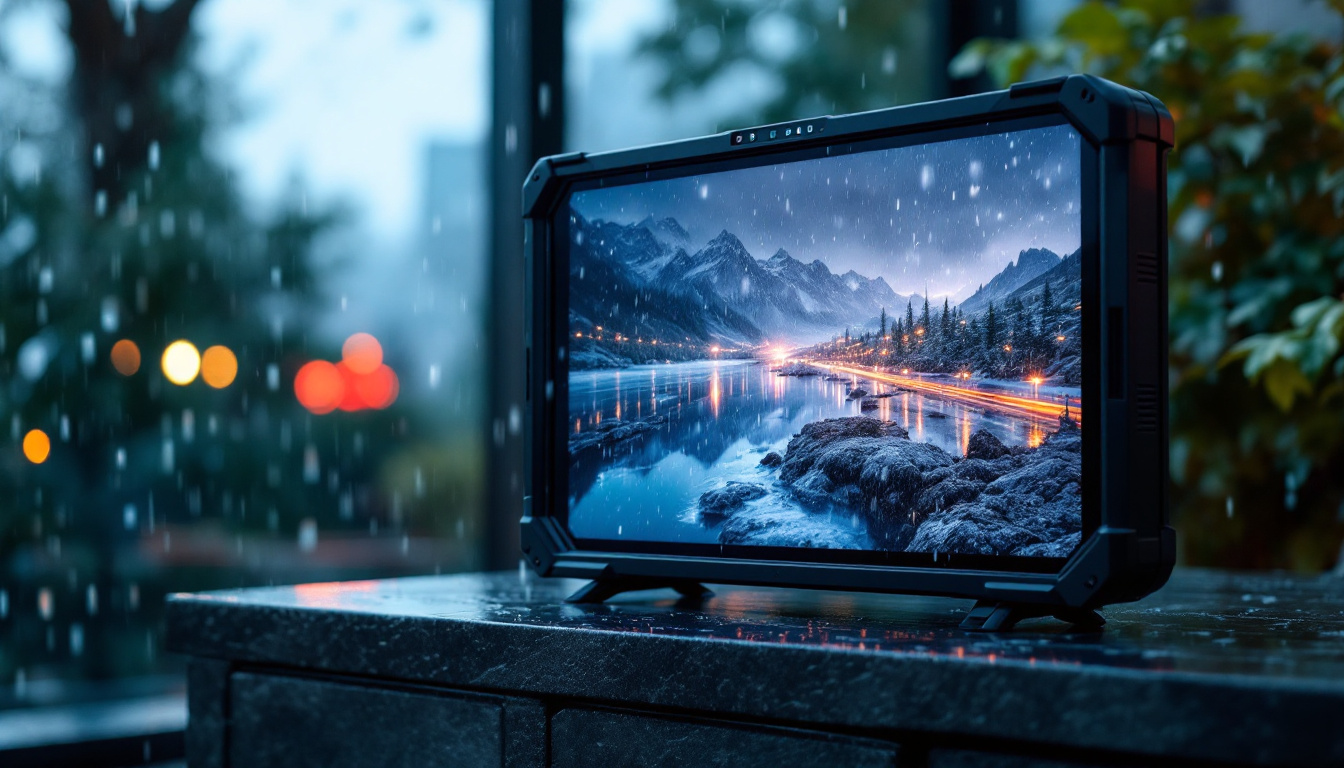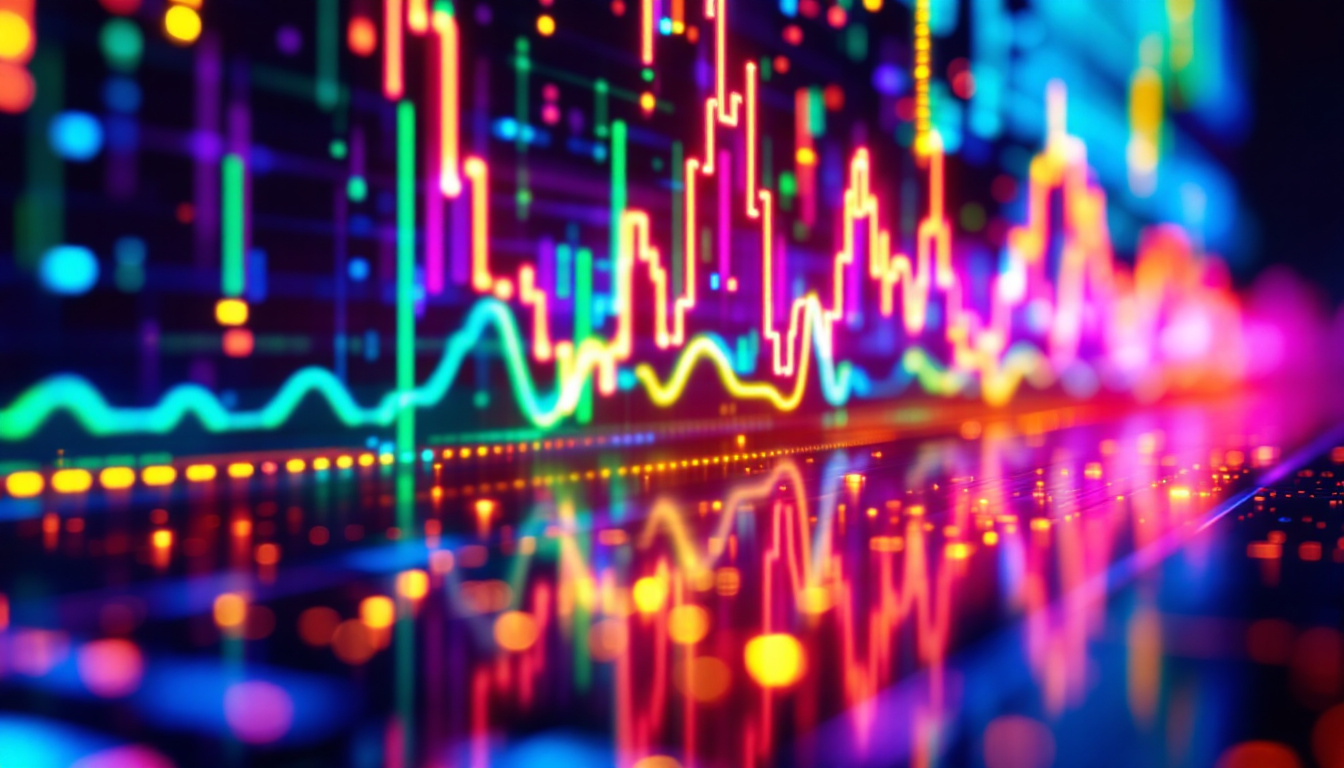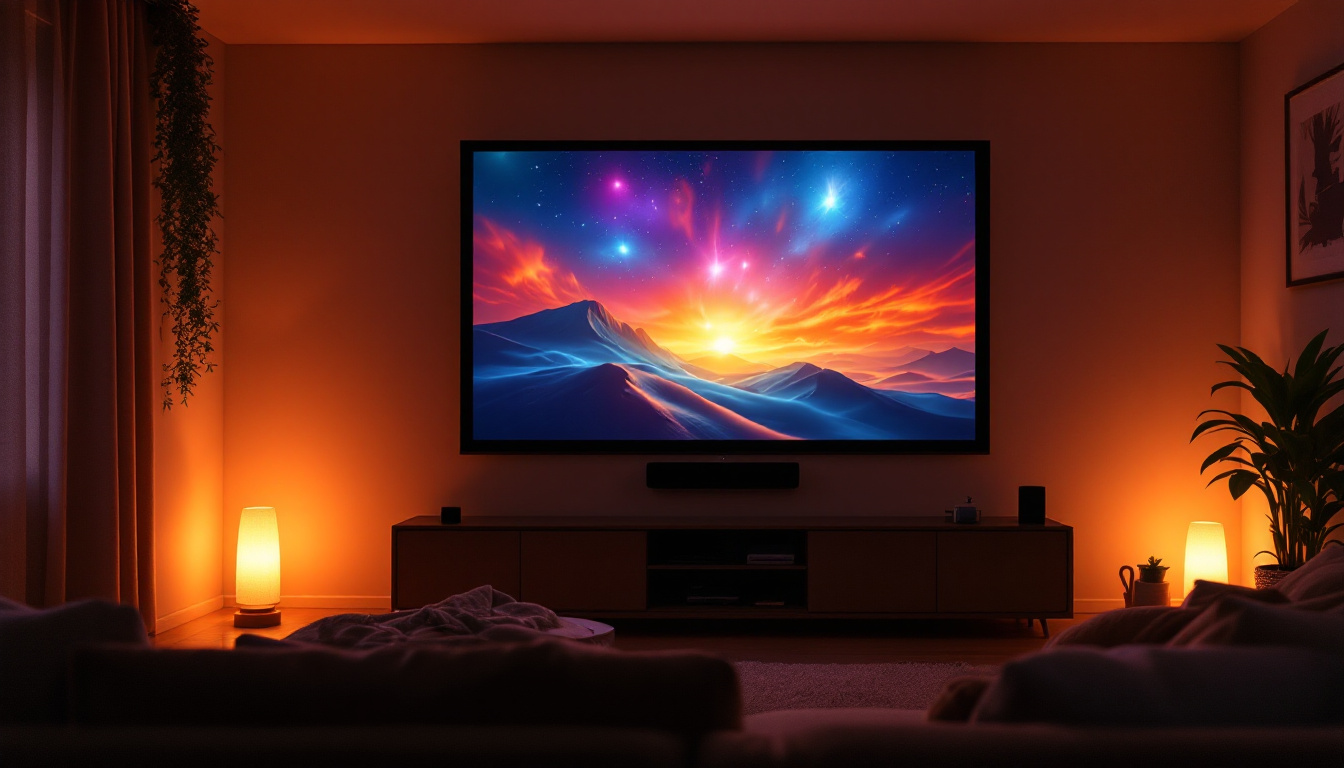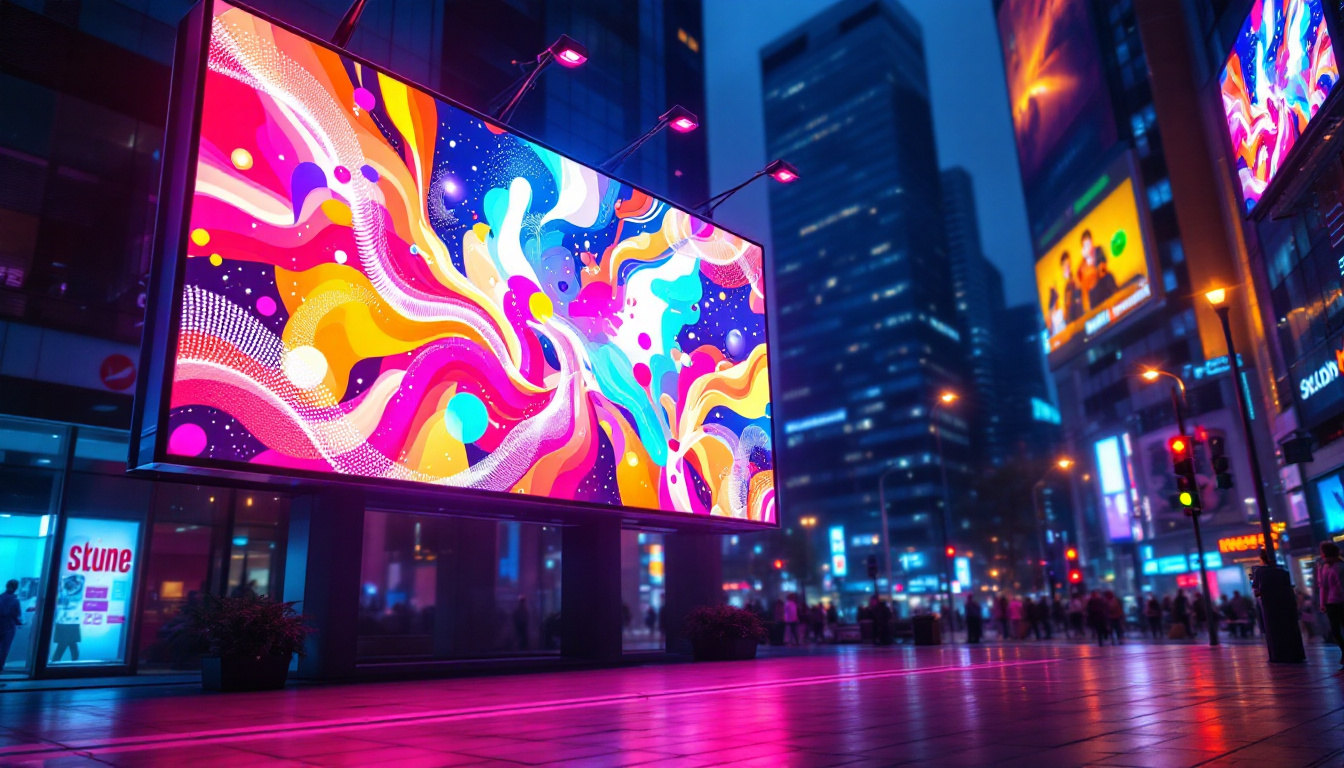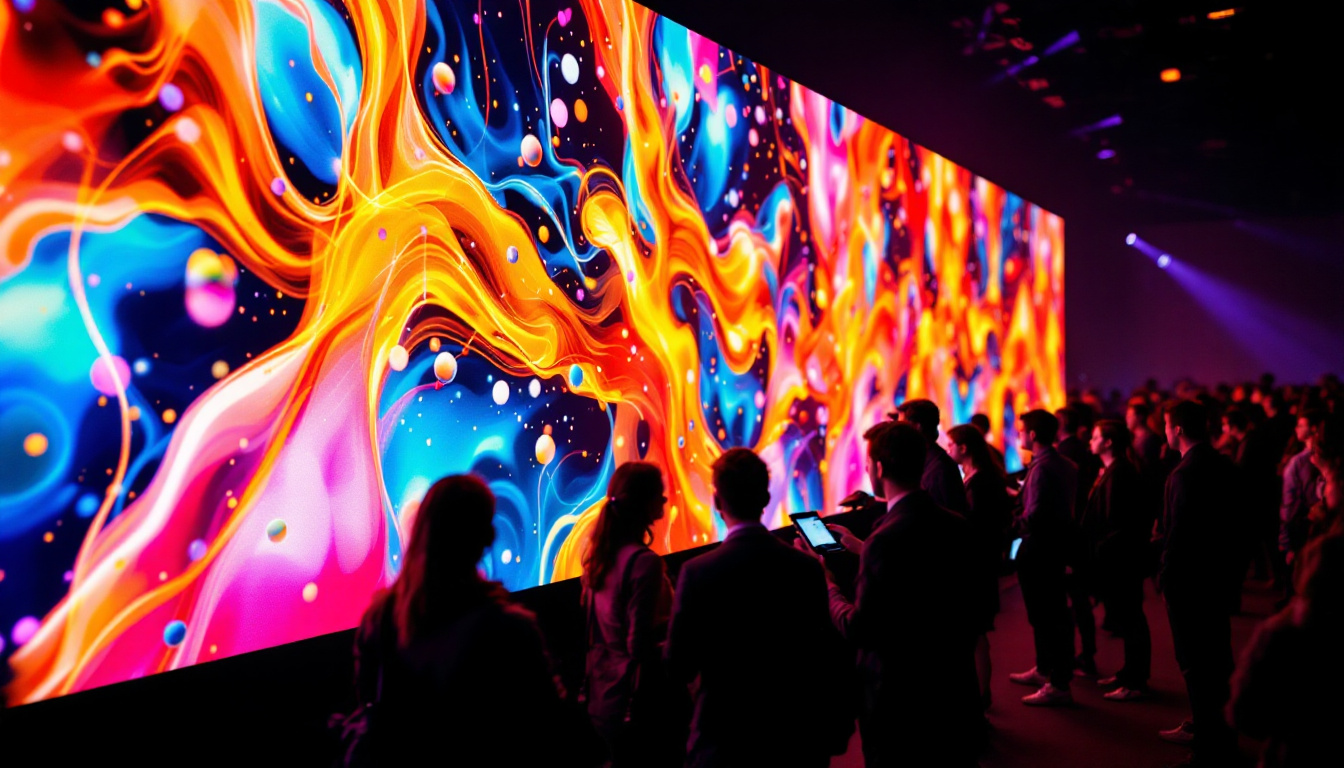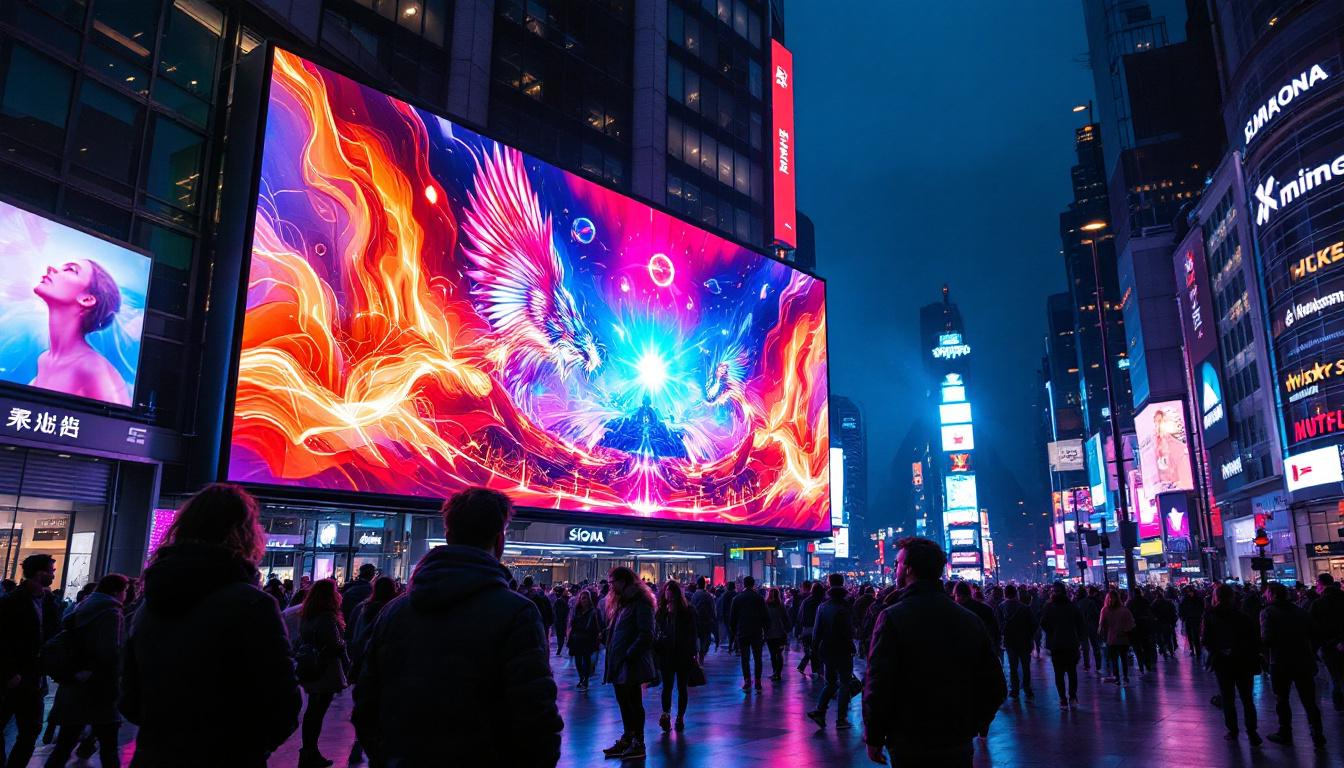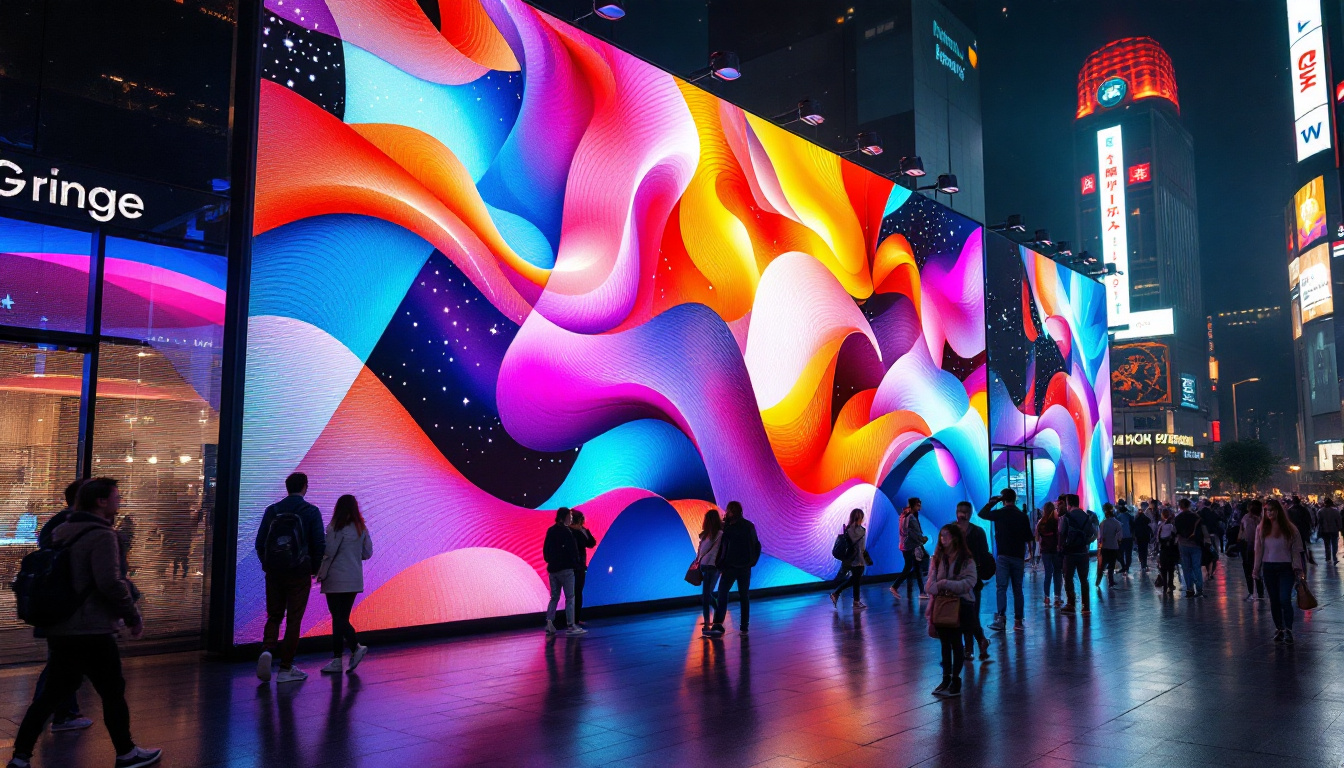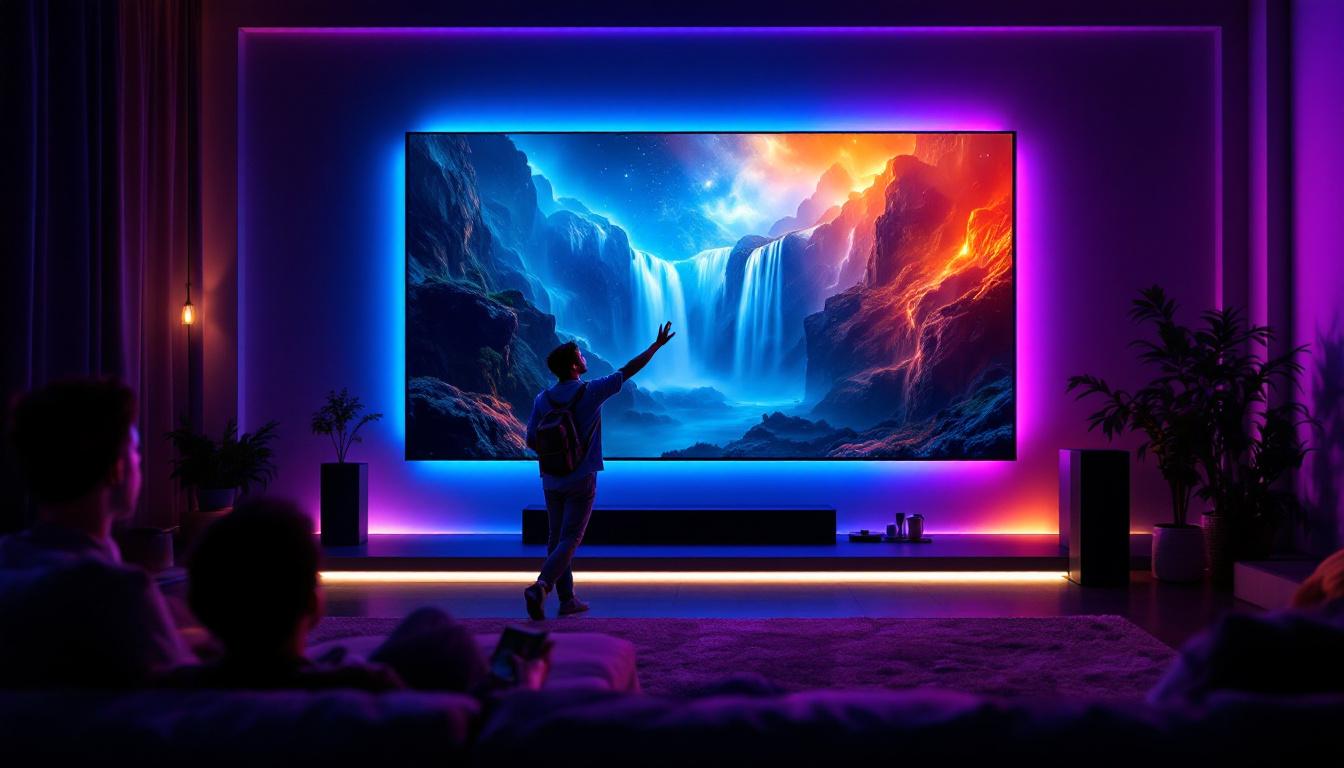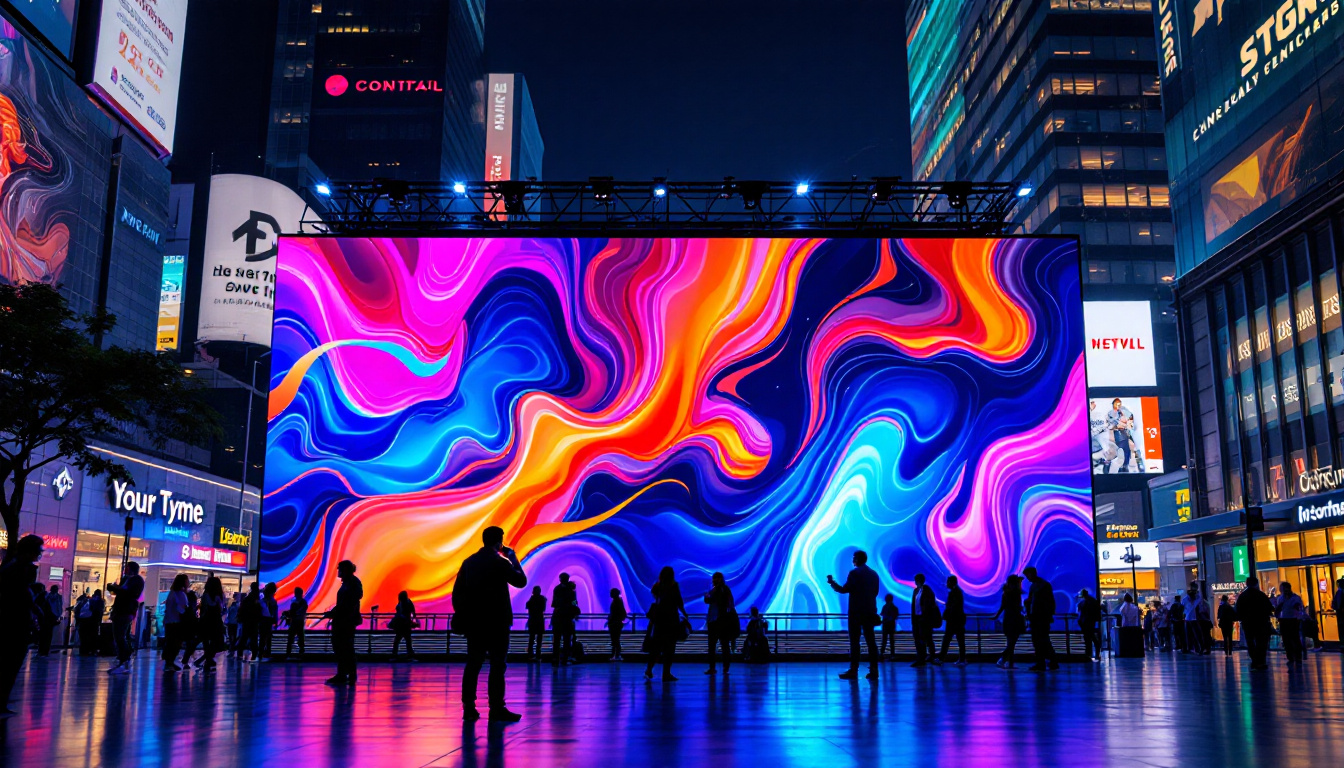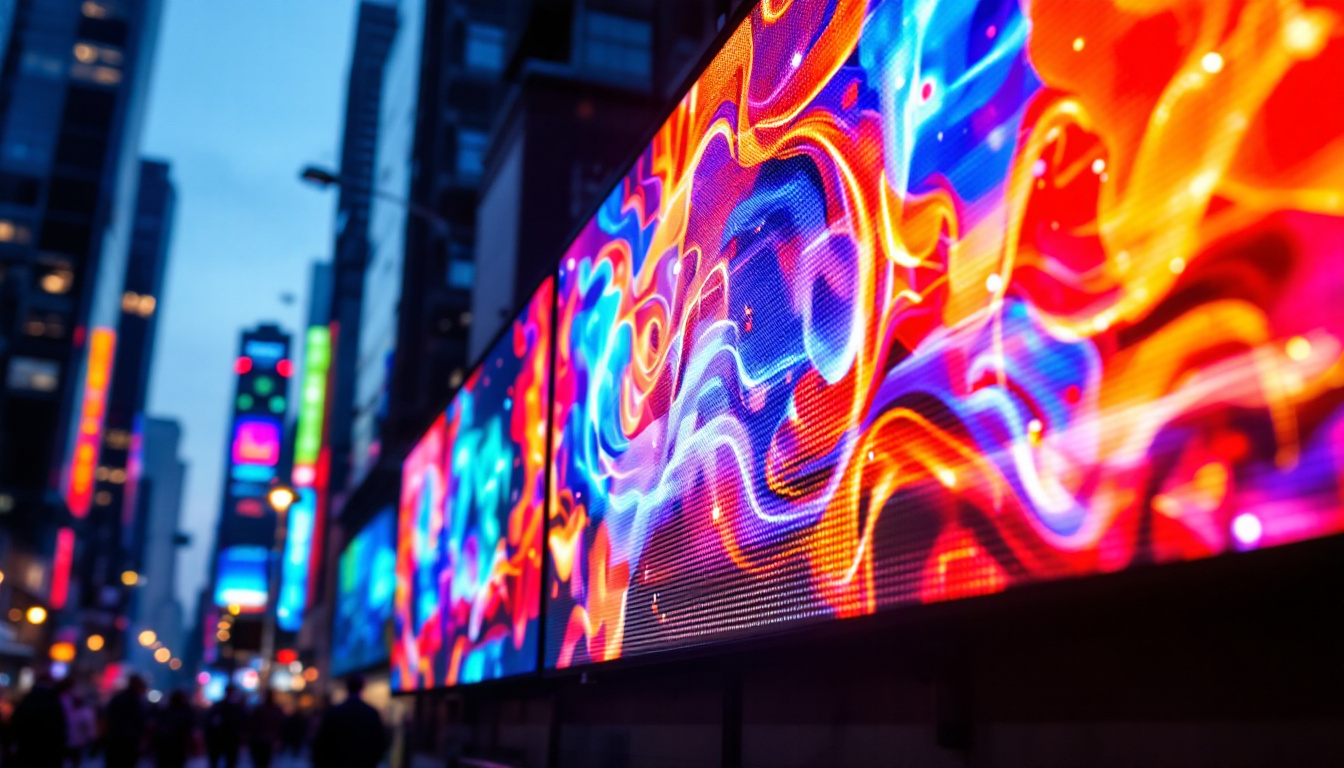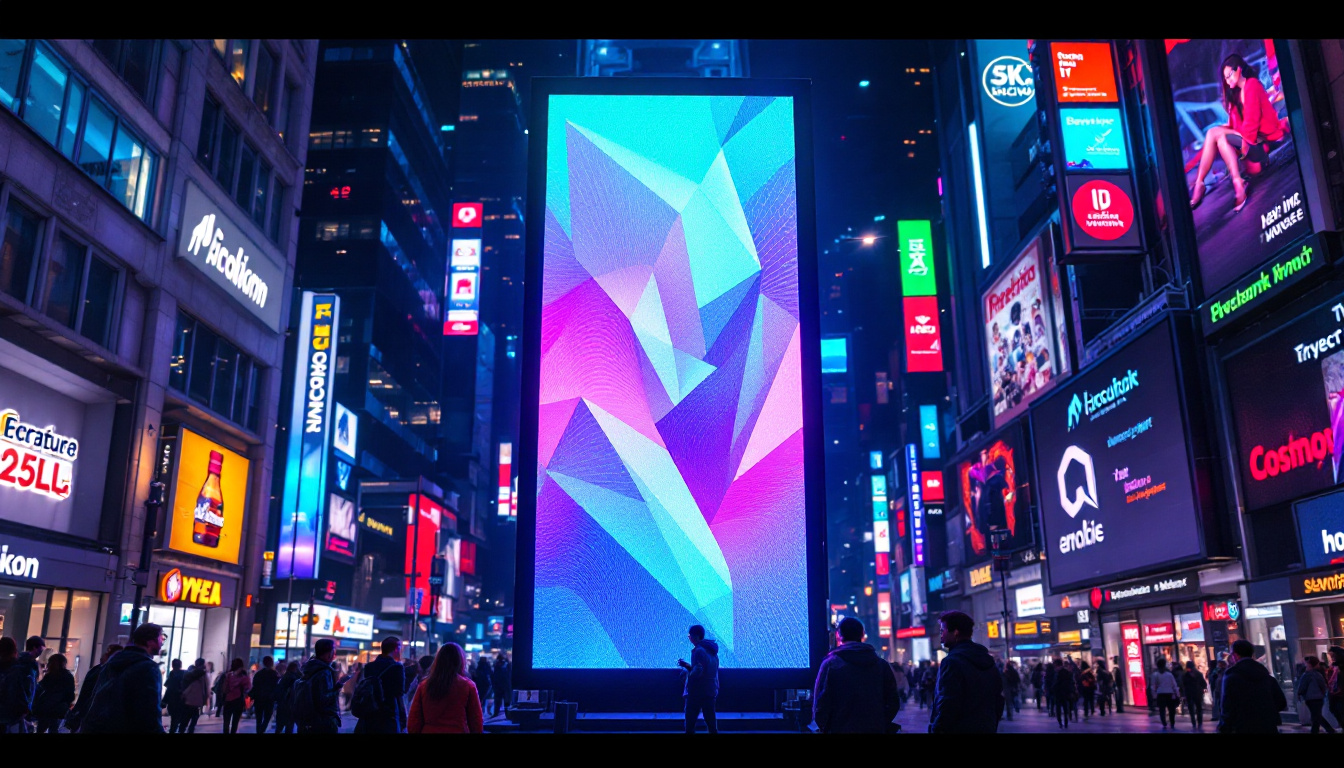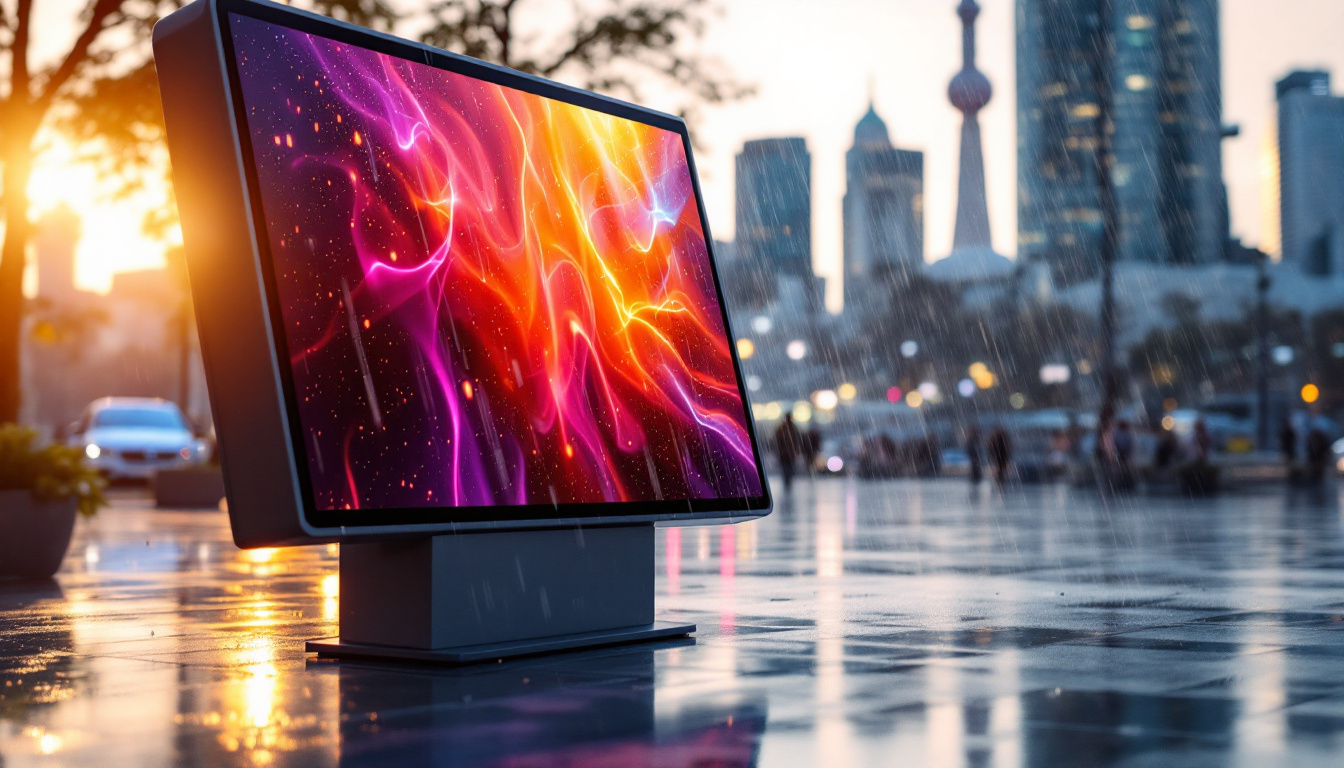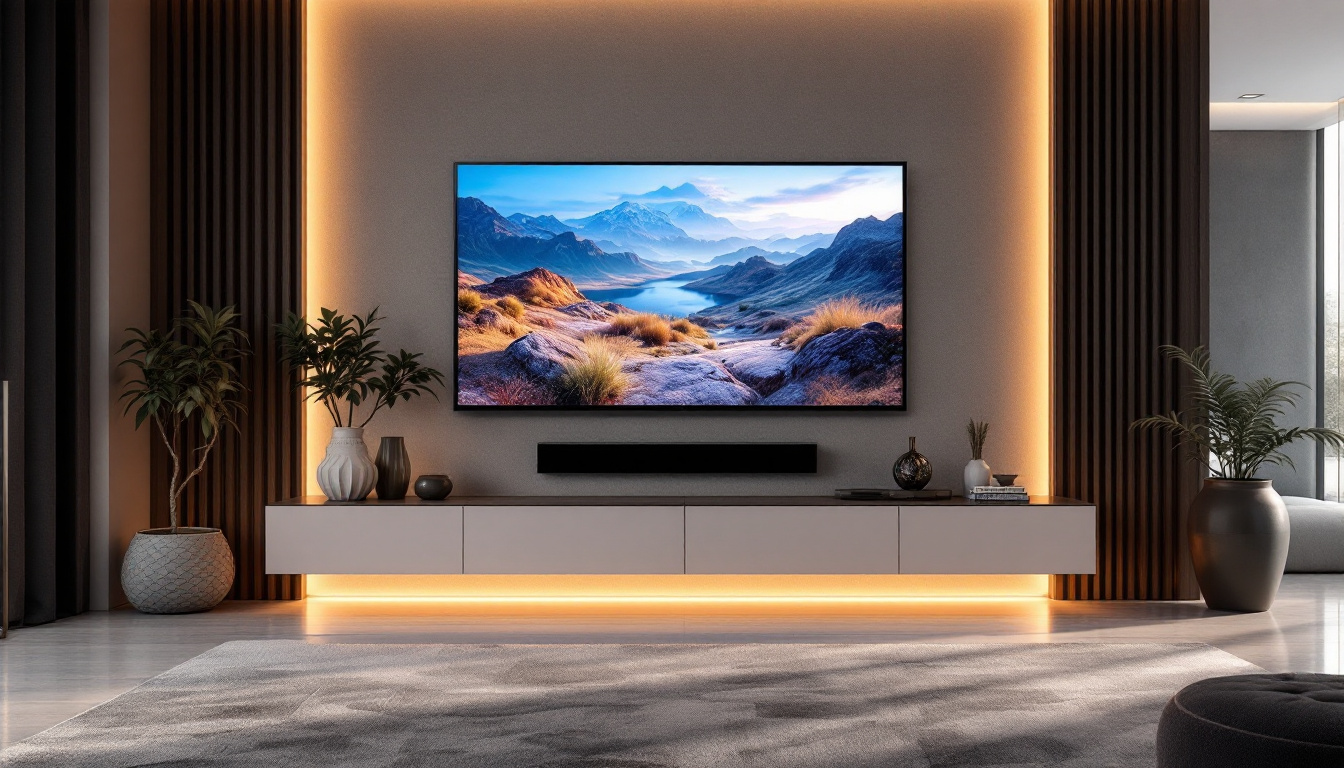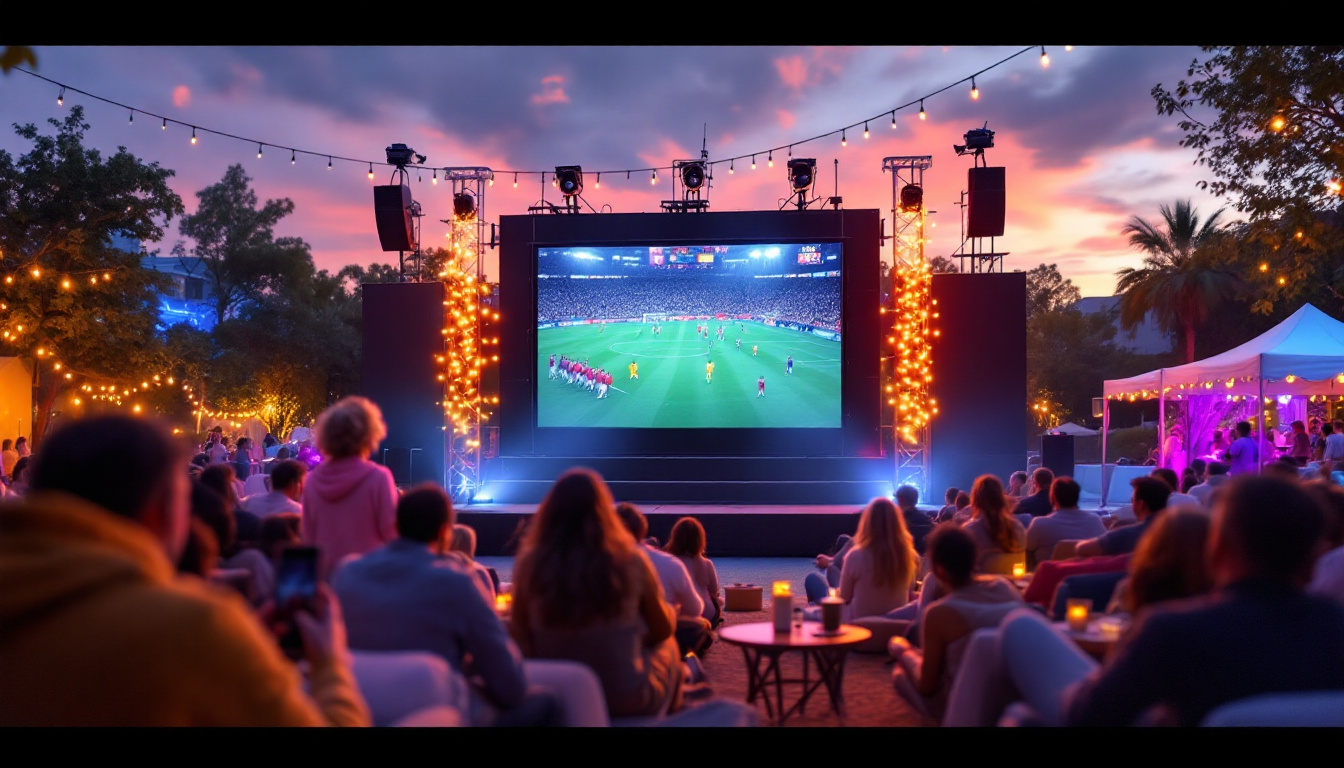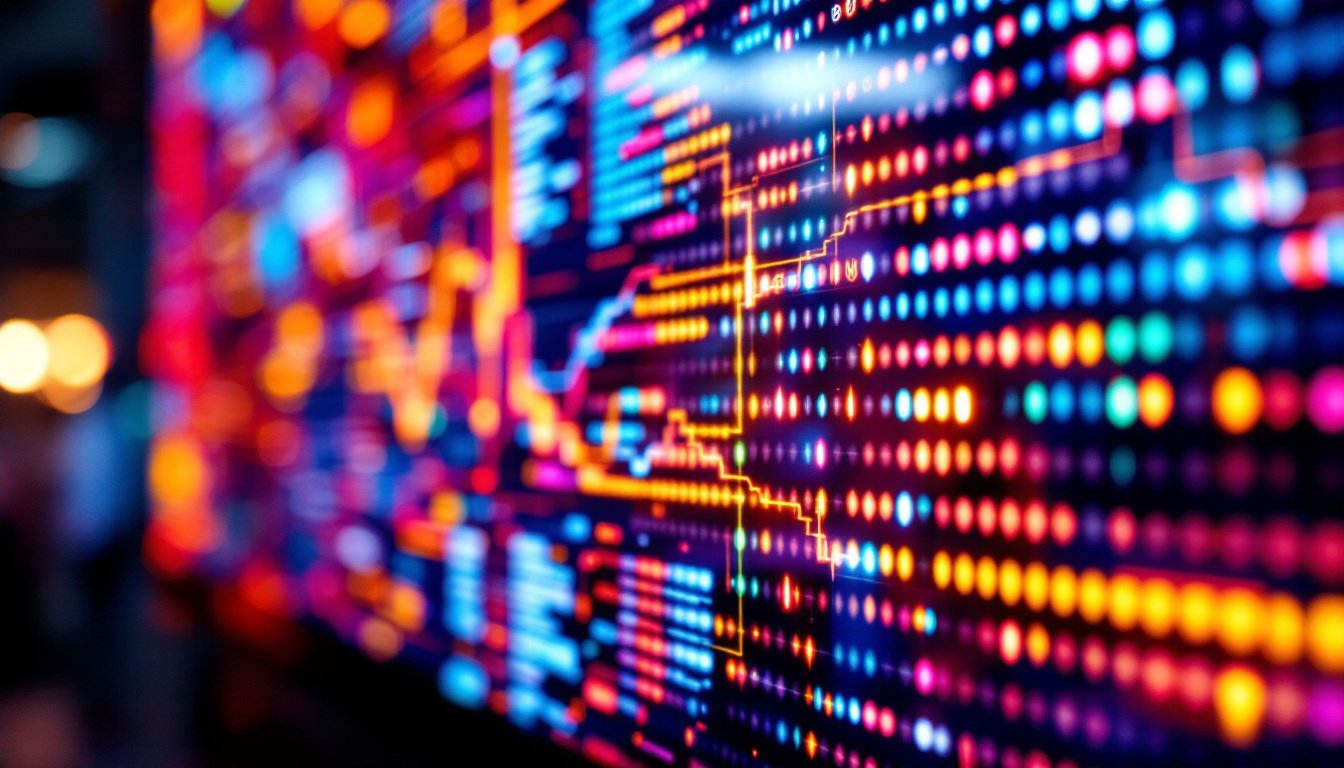In the realm of rehabilitation services, effective communication plays a pivotal role in patient engagement and education. One of the most innovative tools that has emerged in recent years is the LED display. Strong Tower Rehab has embraced this technology to enhance the experience of both patients and staff. This article delves into the various aspects of LED displays, exploring their benefits, applications, and the unique features that make them an essential part of modern rehabilitation settings.
Understanding LED Displays
LED displays, or Light Emitting Diode displays, are electronic screens that utilize LEDs to produce images and text. They are known for their bright colors, high visibility, and energy efficiency. In a rehabilitation setting, these displays can serve multiple purposes, from providing information to creating a welcoming environment.
How LED Displays Work
At the core of LED technology is the diode, which emits light when an electric current passes through it. By combining multiple diodes, manufacturers can create screens that display a wide range of colors and images. The modular nature of LED displays allows for various sizes and configurations, making them suitable for different environments.
These displays can be either static or dynamic. Static displays show fixed information, while dynamic displays can change content in real-time, allowing for timely updates and announcements. This flexibility is particularly beneficial in a rehabilitation center, where information needs may frequently change. For instance, dynamic displays can be programmed to show daily schedules for therapy sessions, exercise classes, or group activities, ensuring that patients are always informed and engaged.
Benefits of LED Displays in Rehabilitation
Integrating LED displays into rehabilitation facilities offers numerous advantages. One of the most significant benefits is improved communication. Patients and staff can access real-time information about schedules, events, and important announcements, reducing confusion and enhancing the overall experience.
Additionally, LED displays can be used to showcase motivational content, such as success stories or inspirational quotes. This not only boosts morale but also reinforces the positive atmosphere that is crucial for effective rehabilitation. Furthermore, the energy efficiency of LED technology contributes to lower operational costs, making it a financially sound choice for healthcare facilities. Beyond these practical benefits, LED displays can also serve as a platform for educational content, providing patients and visitors with valuable information about health topics, wellness tips, and resources available within the facility. This can empower patients by giving them knowledge that aids in their recovery journey, fostering a sense of autonomy and involvement in their own rehabilitation process.
Applications of LED Displays in Strong Tower Rehab
Strong Tower Rehab has implemented LED displays in various ways to optimize patient care and engagement. The versatility of this technology allows it to be utilized across different areas of the facility, each serving a unique purpose.
Informational Displays
One of the primary applications of LED displays is for informational purposes. In the reception area, for instance, a large LED screen can display welcome messages, facility hours, and contact information. This ensures that patients and visitors are immediately informed upon entering the facility.
Moreover, informational displays can be strategically placed in waiting areas, treatment rooms, and hallways to keep patients updated on their schedules, upcoming events, and educational content. This constant flow of information helps to create a more organized environment, allowing patients to feel more in control of their rehabilitation journey.
Motivational Messaging
Rehabilitation can be a challenging process, and maintaining motivation is essential for success. LED displays can be utilized to broadcast motivational messages, success stories from former patients, and tips for staying positive during recovery. This not only uplifts the spirits of current patients but also fosters a sense of community within the facility.
By regularly updating the content, Strong Tower Rehab can keep the messaging fresh and relevant, ensuring that patients remain engaged and inspired throughout their rehabilitation journey.
Interactive Features
One of the most exciting aspects of modern LED displays is their ability to incorporate interactive features. Touchscreen capabilities can be integrated into displays, allowing patients to access personalized information, such as their treatment plans or progress reports. This interactivity empowers patients to take an active role in their rehabilitation, fostering a sense of ownership over their recovery process.
Additionally, interactive displays can be used for educational purposes, offering resources on various topics related to health and wellness. Patients can engage with the content at their own pace, enhancing their understanding and retention of important information.
Design Considerations for LED Displays
When implementing LED displays in a rehabilitation setting, several design considerations must be taken into account to ensure their effectiveness. From placement to content, each element plays a crucial role in maximizing the benefits of this technology.
Optimal Placement
The placement of LED displays is vital for visibility and accessibility. High-traffic areas, such as reception desks and waiting rooms, are ideal locations for large displays that can be easily seen by patients and visitors. Smaller displays can be positioned in treatment rooms or along hallways to provide targeted information to specific audiences.
Additionally, it is essential to consider the height and angle of the displays to ensure that they are easily readable by individuals of all ages and abilities. Proper placement can significantly enhance the effectiveness of the messaging being conveyed.
Content Strategy
Content is the heart of any LED display system. A well-thought-out content strategy is essential to keep the information engaging and relevant. Regular updates and fresh content are necessary to maintain interest and ensure that patients are receiving the most current information.
Strong Tower Rehab can benefit from a content calendar that outlines what information will be displayed and when. This proactive approach allows for a consistent flow of messaging, ensuring that patients are always informed and motivated.
Accessibility Features
In a diverse rehabilitation environment, it is crucial to consider the accessibility of LED displays. This includes ensuring that the content is legible for individuals with visual impairments and that the displays can be easily operated by those with physical disabilities. Using high-contrast colors and large fonts can enhance readability, while voice-activated features can assist those who may have difficulty using touchscreens.
Challenges and Solutions
While the benefits of LED displays are numerous, there are also challenges that facilities like Strong Tower Rehab may encounter. Understanding these challenges and developing solutions is essential for successful implementation.
Initial Costs
The initial investment in LED display technology can be significant. However, it is important to view this as a long-term investment rather than a short-term expense. The energy efficiency and durability of LED displays can lead to substantial savings over time, offsetting the initial costs.
Additionally, exploring financing options or grants specifically aimed at healthcare technology can help alleviate the financial burden. Strong Tower Rehab can also consider phased implementation, starting with a few key displays and gradually expanding as budget allows.
Content Management
Managing the content displayed on LED screens can be a daunting task, especially with multiple displays across a facility. To address this challenge, Strong Tower Rehab can invest in content management software that streamlines the process of updating and scheduling content across all displays.
Training staff to effectively use this software is equally important. By designating specific team members to oversee content management, the facility can ensure that displays remain current and relevant, enhancing the overall patient experience.
Technical Issues
Like any technology, LED displays can experience technical issues that may disrupt their functionality. To mitigate this risk, Strong Tower Rehab should establish a relationship with a reliable technical support provider. Regular maintenance checks can also help identify potential issues before they become significant problems.
Having a backup plan in place, such as printed materials or alternative communication methods, can ensure that important information continues to flow even in the event of a display malfunction.
The Future of LED Displays in Rehabilitation
The future of LED displays in rehabilitation settings appears promising. As technology continues to evolve, new features and capabilities are likely to emerge, further enhancing the patient experience.
Integration with Other Technologies
One exciting possibility is the integration of LED displays with other technologies, such as mobile apps and telehealth services. This could allow patients to access personalized information directly from their devices, while still benefiting from the visual engagement of LED displays in the facility.
Such integration could also facilitate remote monitoring and communication, enabling healthcare providers to stay connected with patients even outside of the rehabilitation center. This holistic approach to care could lead to improved outcomes and higher patient satisfaction.
Enhanced Interactivity
As interactivity becomes more prevalent in technology, LED displays are likely to evolve to offer even more engaging experiences. Future displays may incorporate augmented reality features, allowing patients to visualize their progress in real-time or interact with educational content in immersive ways.
This enhanced interactivity could transform the rehabilitation experience, making it more engaging and effective for patients of all ages and backgrounds.
Conclusion
LED displays represent a significant advancement in the way rehabilitation facilities communicate with patients and staff. Strong Tower Rehab’s commitment to integrating this technology showcases its dedication to enhancing patient care and engagement. By understanding the benefits, applications, and challenges associated with LED displays, rehabilitation centers can leverage this technology to create a more effective and supportive environment for recovery.
As LED technology continues to evolve, the potential for even greater innovations in patient communication and education is on the horizon. Embracing these advancements will not only improve the rehabilitation experience but also contribute to better patient outcomes in the long run.
Discover LumenMatrix LED Display Solutions
As Strong Tower Rehab leverages the power of LED displays to transform the rehabilitation experience, your facility can also embrace this innovative technology. LumenMatrix, a leader in LED display solutions, offers a diverse range of products designed to captivate and engage. From Indoor and Outdoor LED Wall Displays to specialized solutions like Vehicle LED Displays and LED Sports Displays, LumenMatrix tailors to the unique needs of your environment. Enhance your brand visibility and communication effectiveness today. Check out LumenMatrix LED Display Solutions and join the revolution in visual storytelling.

